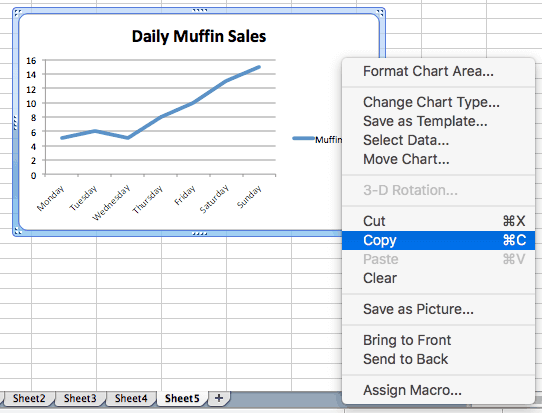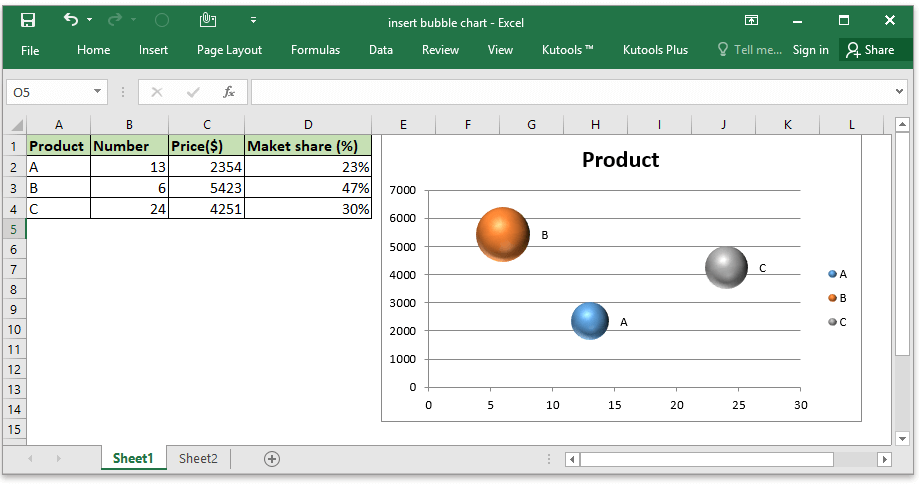

- #Make a graph in excel for mac pdf#
- #Make a graph in excel for mac code#
- #Make a graph in excel for mac plus#
- #Make a graph in excel for mac series#
as a placeholder for the original object being operated upon. Myjson % symbol for chaining R operations, but it's got other useful operators such as %% for mutating a data frame in place and and. Parse json within R or turn R data frames into json. Sqldf("select * from mydf where mycol > 4") CRAN.ĭf_paste() to create a data frame, vector_paste() to create a vector.ĭo you know a great SQL query you'd use if your R data frame were in a SQL database? Run SQL queries on your data frame with sqldf. It includes RStudio add-ins as well as command-line functions for transposing data, turning it into markdown format, and more.
#Make a graph in excel for mac code#
If you've copied data from the Web, a spreadsheet, or other source into your clipboard, datapasta lets you paste it into R as an R object, with the code to reproduce it. CRAN.ĭata copy and paste: Meet reproducible research. Cs(so, it, goes) creates c("so", "it", "goes"). Two of my favorites: describe, a more robust summary function, and Cs, which creates a vector of quoted character strings from unquoted comma-separated text. There are a number of useful functions in here. Each cell is imported in its own row, with information about data type, position, and color, not just value, allowing you to reshape the data from there. If you've ever wanted to tear your hair out over an Excel file with merged cells, data in column headers, headers mixed in data, and key information in color coding, this is the package for you. Rio has a good idea: Pull a lot of separate data-reading packages into one, so you just need to remember 2 functions: import and export. Hadley Wickham (readr), Jim Hester (vroom)

Read_csv(myfile.csv) or vroom(myfile.csv) data.table's fread() is another useful alternative. readr has been around for awhile vroom is a speedier alternative, useful for larger data sets. Read_excel("my-spreadsheet.xls", sheet = 1)īase R handles most of these functions but if you have huge files, these packages offer faster and standardized way to read CSVs and similar files into R.
#Make a graph in excel for mac pdf#
Map_df(mylist, myfunction) More: Charlotte Wickham's purr tutorial video, the purrr cheat sheet PDF download, easy error checking with purrr's possibly.įast way to read Excel files in R, without dependencies such as Java.
#Make a graph in excel for mac plus#
And, its functions are more standardized than base R's apply family - plus it's got functions for tasks like error-checking. It's more complex to learn than the older plyr package, but also more robust. Purrr makes it easy to apply a function to each item in a list and return results in the format of your choice. Especially useful for operating on data by categories. I hope this helps.The essential data-munging R package when working with data frames. You'll have your desired graph right there.
#Make a graph in excel for mac series#
Similarly, put in the values of Series Y, as shown below: For example, if C20 is your last numeric cell in data column B and C2 first, change the given formula to: =Sheet1!$C$2:$C$20 where Sheet1 refers to the sheet name. You have to adjust these values in your case. In Series X values, put =Sheet1!$C$2:$C$11 where $C$2 is the first numeric cell of the data column B (which you want as X axis) and $C$11 last in my case. On the "Edit Series" menu that pops up, enter a series name. On the next screen that appears, click Add. Right click on the blank canvas and choose Select Data: This will bring a blank graph canvas on your screen. Without selecting any data, go to insert>scatter and choose a graph type. See this:įor your second problem (to plot 'B' as X and 'A' as Y): You will have the result on your screen.After that, go to Insert>Scatter and choose a graph type:.Select all the data that you've arranged like this:.For your first problem (to plot multiple 'y' values), do the following:


 0 kommentar(er)
0 kommentar(er)
